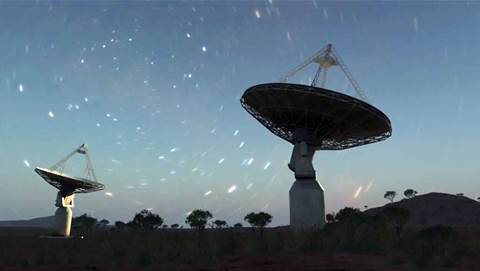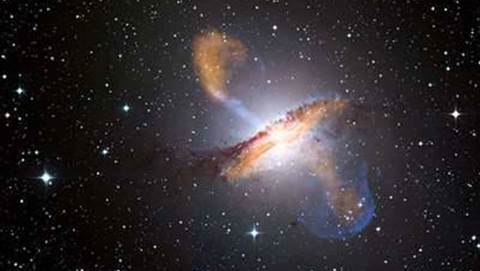But 13 year-old Nico Marquardt from Potsdam used open source software to find that the probability actually rises to 450 to 1 because it may hit a manmade satellite.
This would change its trajectory making it much more likely to hit the Earth on its next orbit in 2036.
"This schoolboy has done a marvellous job. A hundred years ago people used logarithms and hand-calculators and slide rules to work out asteroid orbits," Professor Fred Watson, of the Anglo-Australian Observatory, told ABC Australia.
"But it says a lot for the world that we live in that a 13 year-old schoolboy can download the right software to do the job and actually find errors in Nasa's work. It is quite extraordinary."
Marquardt used mathematical formulae to show that if the asteroid collides with a satellite it could deflect its path so that when it returns from orbiting the Sun in 2036 it has a higher probability of hitting the Earth.
If Apophis does strike the Earth it would land in the Atlantic with a force equivalent to 98,000 Hiroshima bombs.
This would generate a kilometre-high wave that would overwhelm Britain, Western Europe and the east coast of the US.
The resulting climate change as vaporised seawater falls as rain would destroy the world's crops and bring about catastrophic human casualties.
"The schoolboy has thought of something that would actually elude most people," said Professor Watson.
"Our communication satellites exist in many thousands in a band about 36,000 kilometres above the Earth's surface."









 iTnews Executive Retreat - Security Leaders Edition
iTnews Executive Retreat - Security Leaders Edition











_(1).jpg&h=140&w=231&c=1&s=0)



